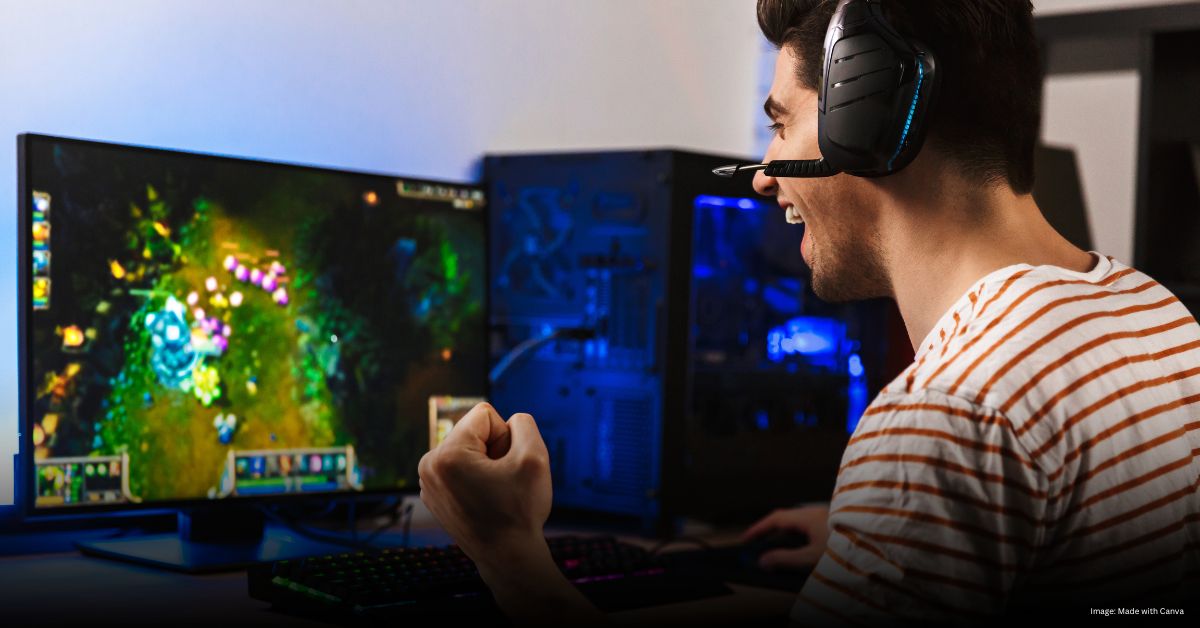Gaming on a PC can be an amazing experience, but if your computer isn’t optimized, you might face frustrating lags and poor graphics. In this guide, we will walk you through simple steps to optimize your PC for gaming, making your gameplay smooth and enjoyable. Whether you’re a beginner or have some tech skills, these tips will help boost your computer’s performance without needing to buy expensive hardware.
Understanding the Problem: Why Your PC Needs Optimization
Many gamers face issues like low frame rates, stuttering, and slow loading times. These problems often stem from outdated drivers, unnecessary background apps, or poorly configured settings. By optimizing your PC, you can tackle these issues and enhance your gaming experience.
Step-by-Step Guide to Optimize Your PC for Gaming
Optimizing your PC for gaming can seem like a daunting task, but breaking it down into manageable steps makes the process straightforward and effective. In this section, we will guide you through each step to enhance your PC’s gaming performance, from updating drivers to managing settings. By following these steps, you can minimize lag, boost frame rates, and ensure a smooth and enjoyable gaming experience. Whether you’re working with a high-end gaming rig or a modest setup, these tips will help you get the most out of your PC. Let’s dive into the details!
1. Update Your Graphics Drivers
Keeping your graphics drivers updated is crucial for gaming performance. Graphics drivers control how your computer’s graphics card works with the rest of the system. Outdated drivers can cause games to run slowly or even crash.
- How to Update: Visit the website of your graphics card manufacturer (like NVIDIA, AMD, or Intel) and download the latest drivers.
- Why It Helps: New drivers often come with performance improvements and bug fixes specifically for games.
2. Adjust In-Game Settings
Game settings have a huge impact on performance. Lowering the graphics settings can drastically improve your frame rates without a significant loss in visual quality.
- Key Settings to Adjust: Lower resolution, turn off V-sync, reduce shadow quality, and adjust texture settings.
- Why It Helps: Lowering these settings reduces the strain on your GPU, leading to smoother gameplay.
3. Close Unnecessary Background Applications
Running too many programs in the background can slow down your PC. These apps use up memory and processing power, which can be better used for gaming.
- How to Manage: Use the Task Manager (Ctrl + Shift + Esc) to see what’s running and close unnecessary programs.
- Why It Helps: Freeing up system resources allows your game to perform at its best.
4. Defragment Your Hard Drive
Over time, files on your hard drive can become scattered, making it harder for your PC to access data quickly. Defragmenting reorganizes these files, improving access speed.
- How to Defragment: Use the built-in Disk Defragmenter tool in Windows or download third-party software.
- Why It Helps: A well-organized hard drive means faster game loading times and smoother gameplay.
5. Enable Game Mode in Windows
Windows has a built-in Game Mode that prioritizes your PC’s resources for gaming. This can help reduce background activity and improve performance.
- How to Enable: Go to Settings > Gaming > Game Mode and toggle it on.
- Why It Helps: Game Mode reduces background processes, allocating more CPU and GPU power to your game.
6. Upgrade Your Hardware (If Needed)
Sometimes, the best way to optimize your PC for gaming is to upgrade your hardware. If your PC is still struggling after software tweaks, consider upgrading your RAM, graphics card, or storage.
- Key Upgrades: Adding more RAM, switching to an SSD, or getting a better graphics card can make a significant difference.
- Why It Helps: Better hardware equals better performance, allowing you to enjoy games at higher settings without lag.
Conclusion
Optimizing your PC for gaming doesn’t have to be a one-time thing. Regular maintenance, like updating drivers and cleaning your system, can keep your PC in top shape. Remember, small tweaks can lead to big improvements, so start with the basics and see how much better your gaming experience can be.
FAQs
Q1: How often should I update my graphics drivers?
Updating your graphics drivers every few months or when a new game is released is a good practice. This ensures you have the latest performance improvements and bug fixes.
Q2: Does upgrading to an SSD improve gaming performance?
Yes, upgrading to an SSD can greatly improve loading times and overall system responsiveness, making games load faster and run smoother.
Q3: What is the easiest way to boost my PC’s gaming performance without spending money?
The easiest way is to close unnecessary background applications and adjust your in-game settings. These changes can provide a quick performance boost without any cost.
Q4: Is Game Mode in Windows always beneficial?
While Game Mode is generally helpful, some users may find it doesn’t make a noticeable difference. It’s best to try it out and see if it improves your specific setup.
By following these steps and maintaining your PC regularly, you can ensure it’s always ready for the latest games. Happy gaming!


